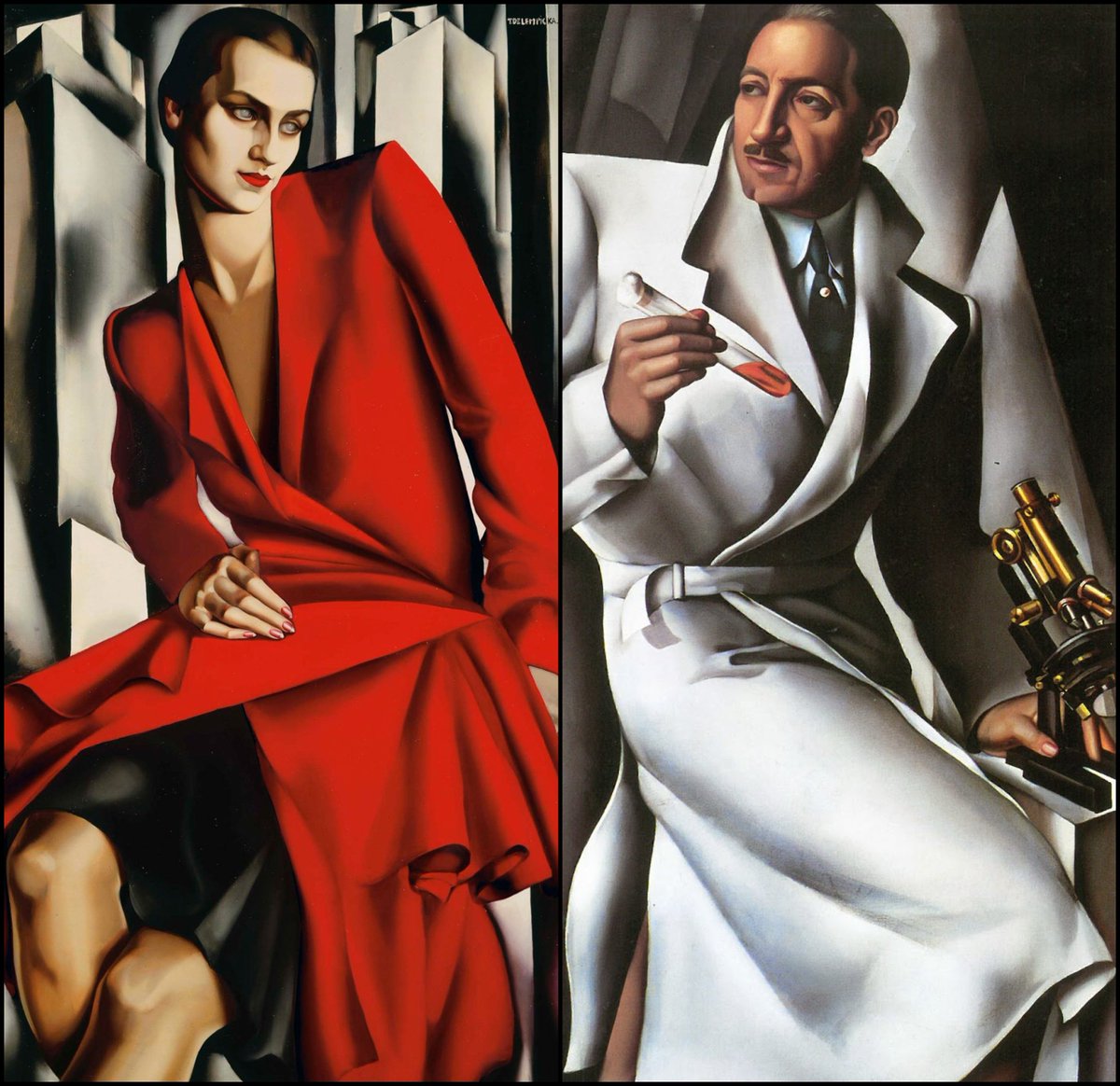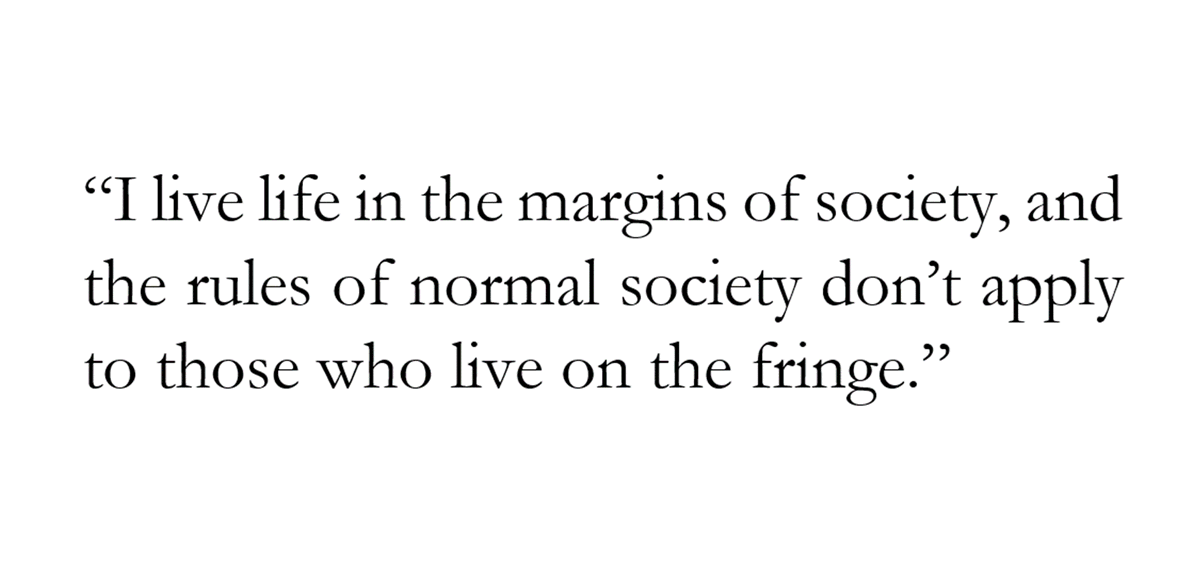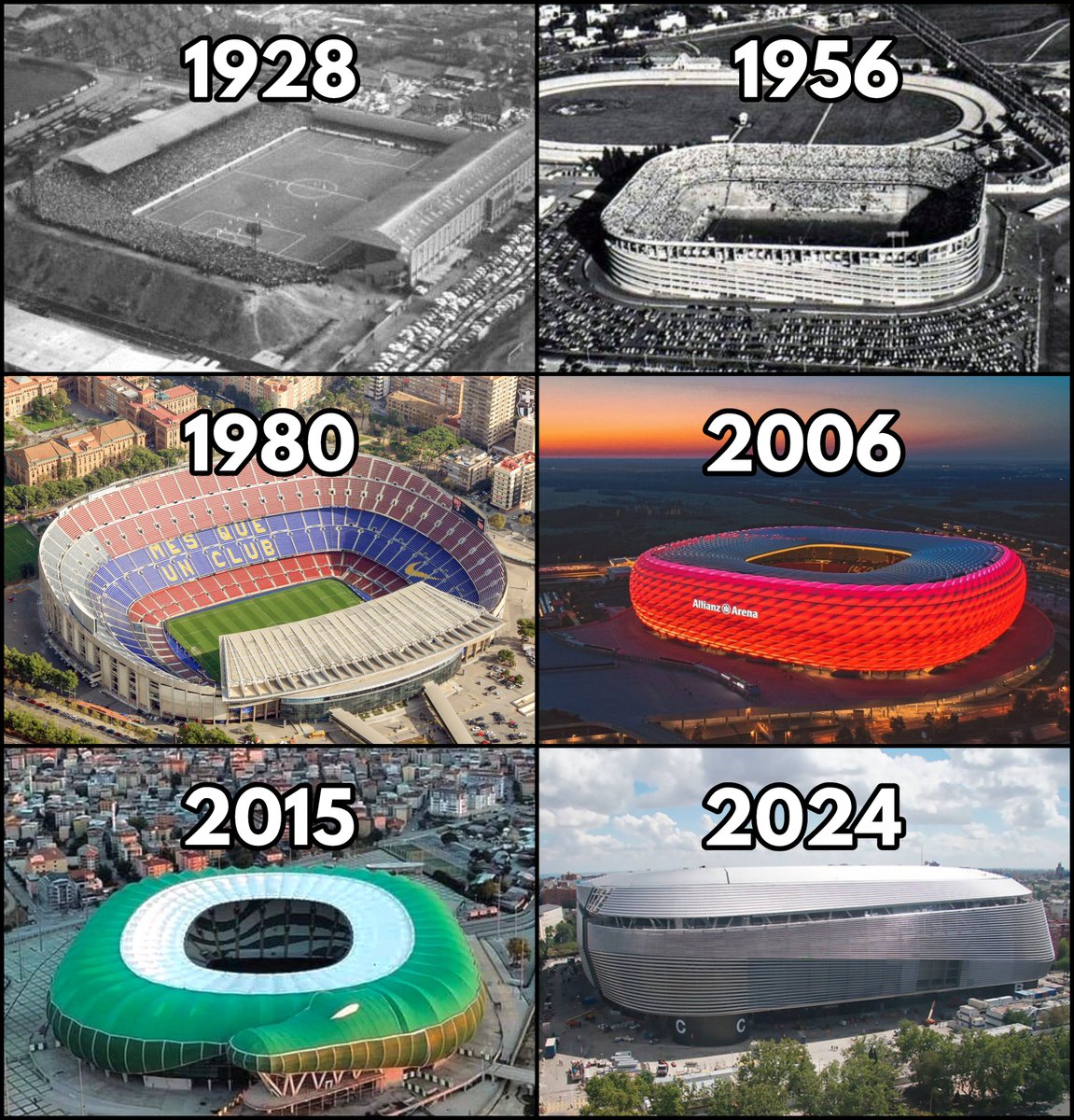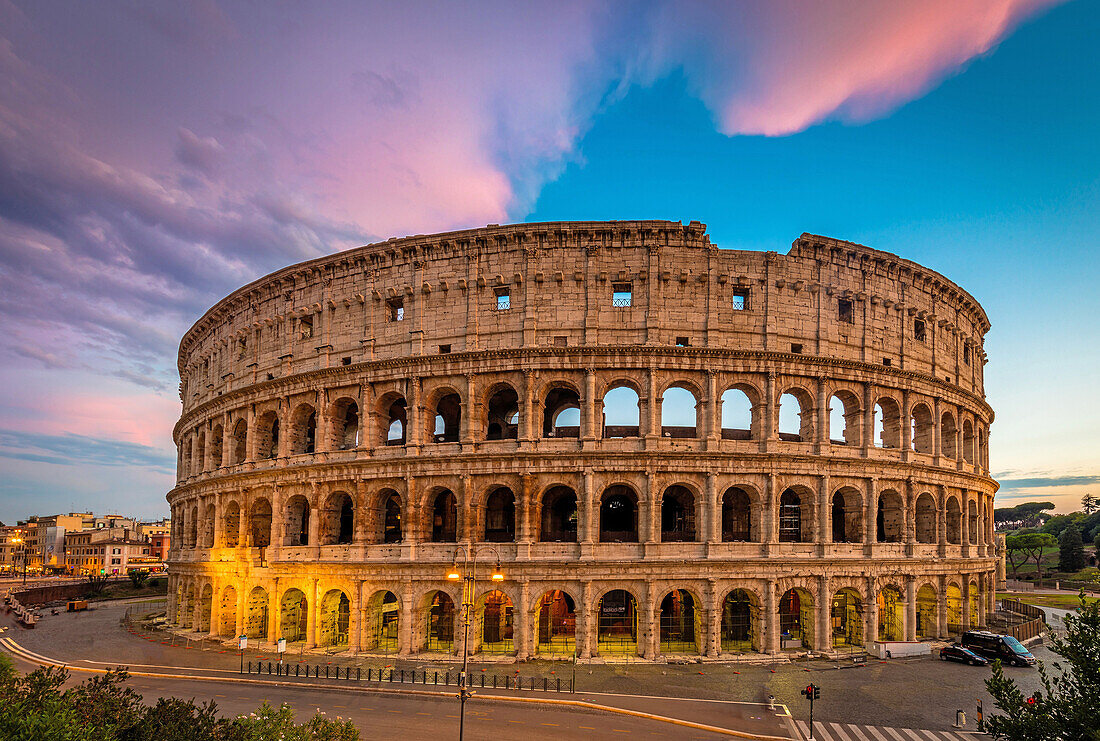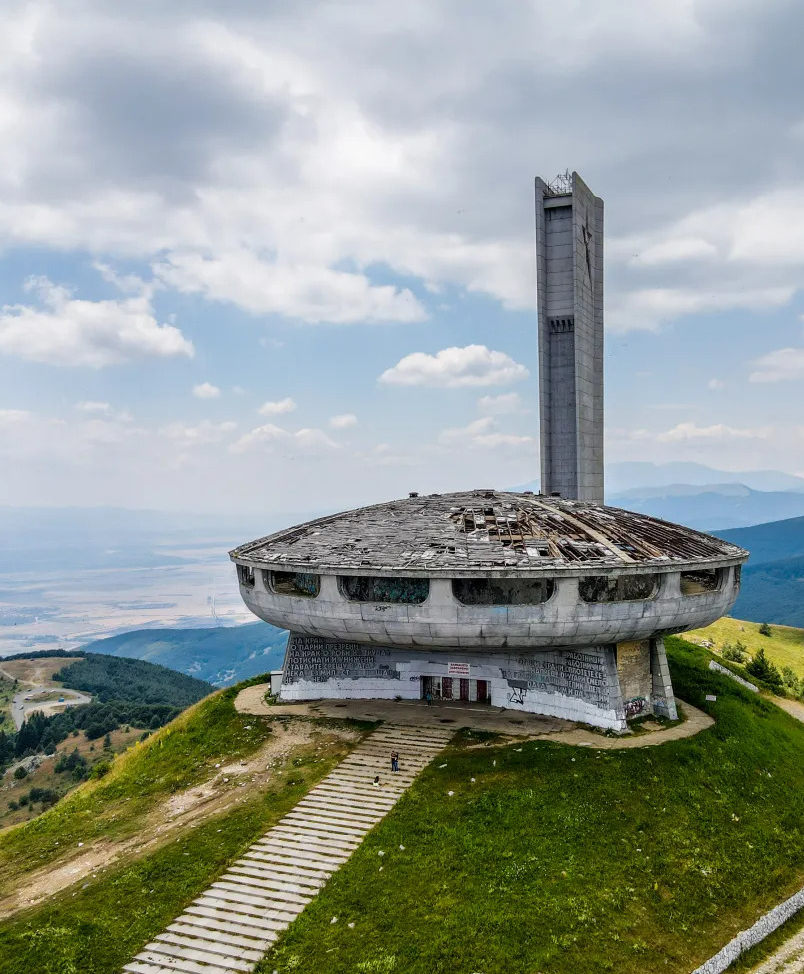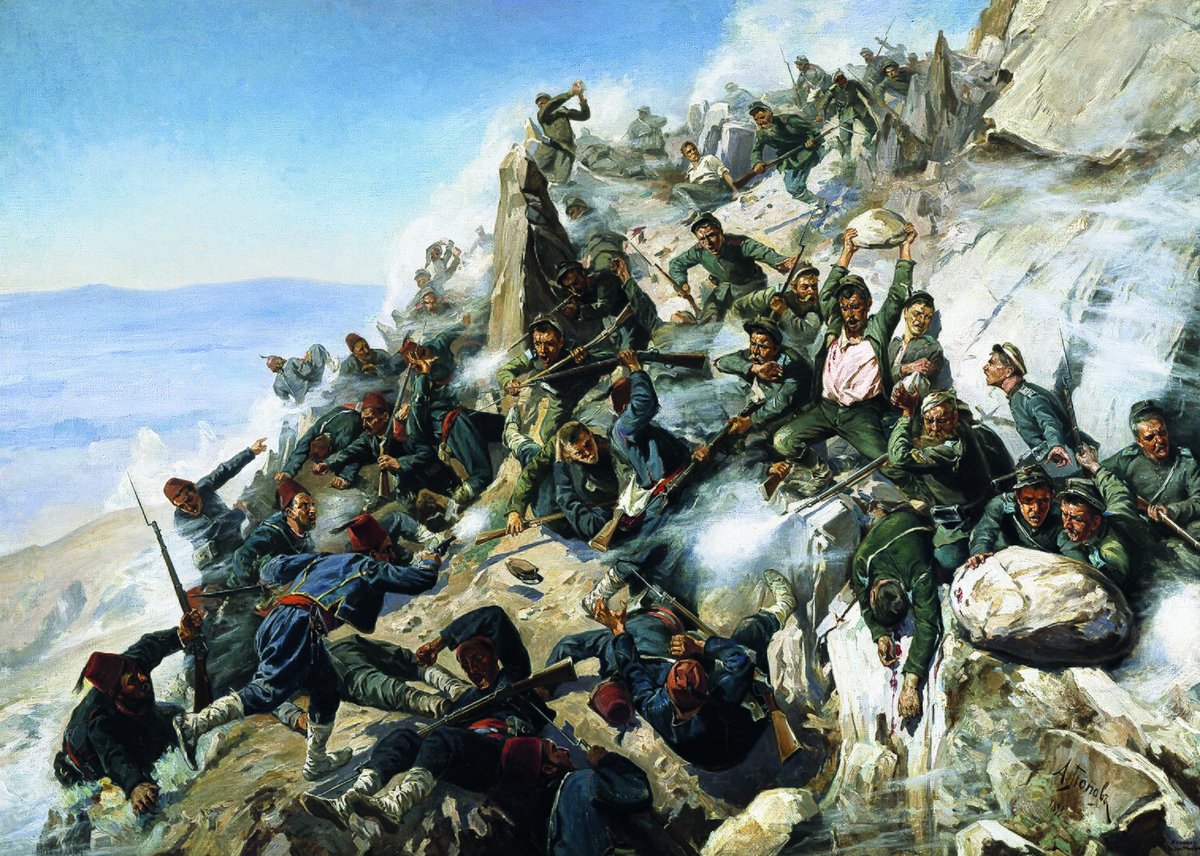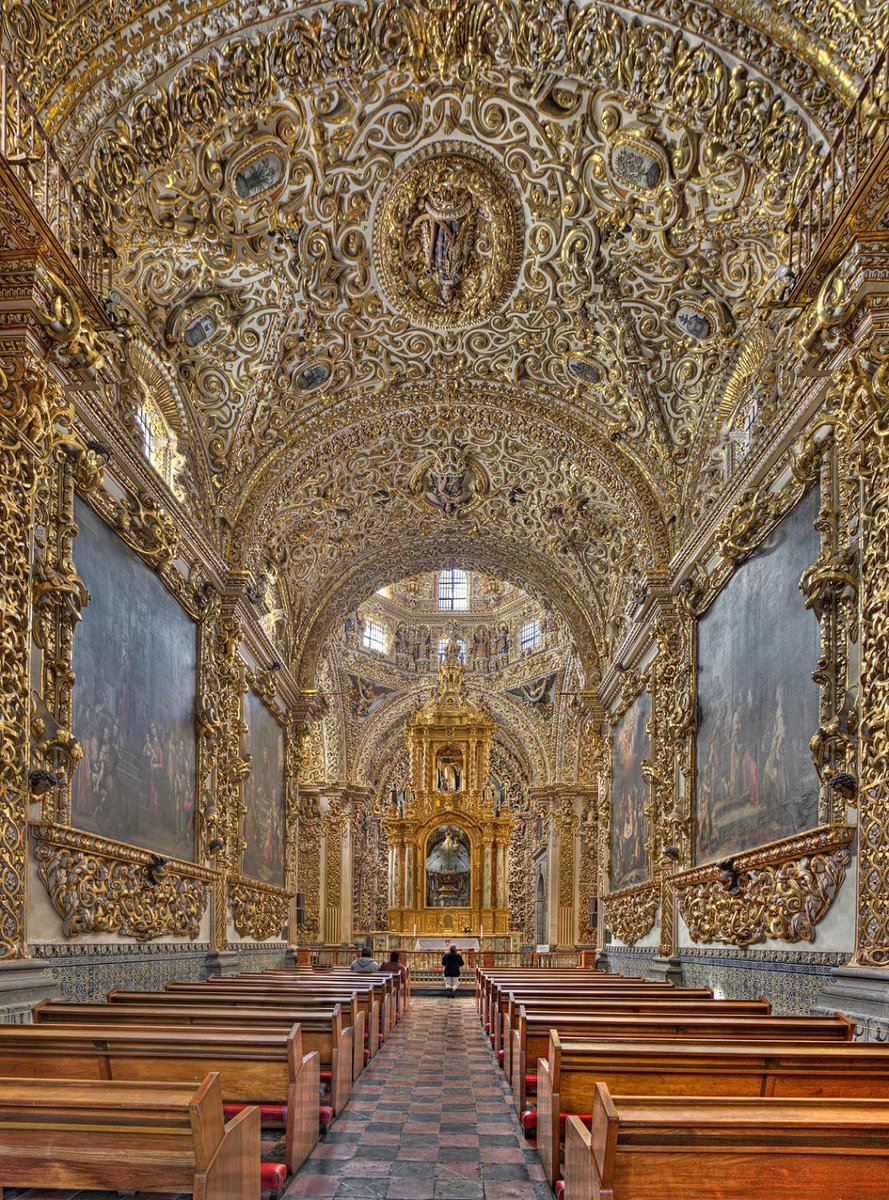It sounds like a boring topic, but concrete is one of the most revolutionary inventions in history.
For example, concrete now weighs more than everything else humans have ever made combined.
So here's the story of how it has changed the world, for better and for worse...
For example, concrete now weighs more than everything else humans have ever made combined.
So here's the story of how it has changed the world, for better and for worse...
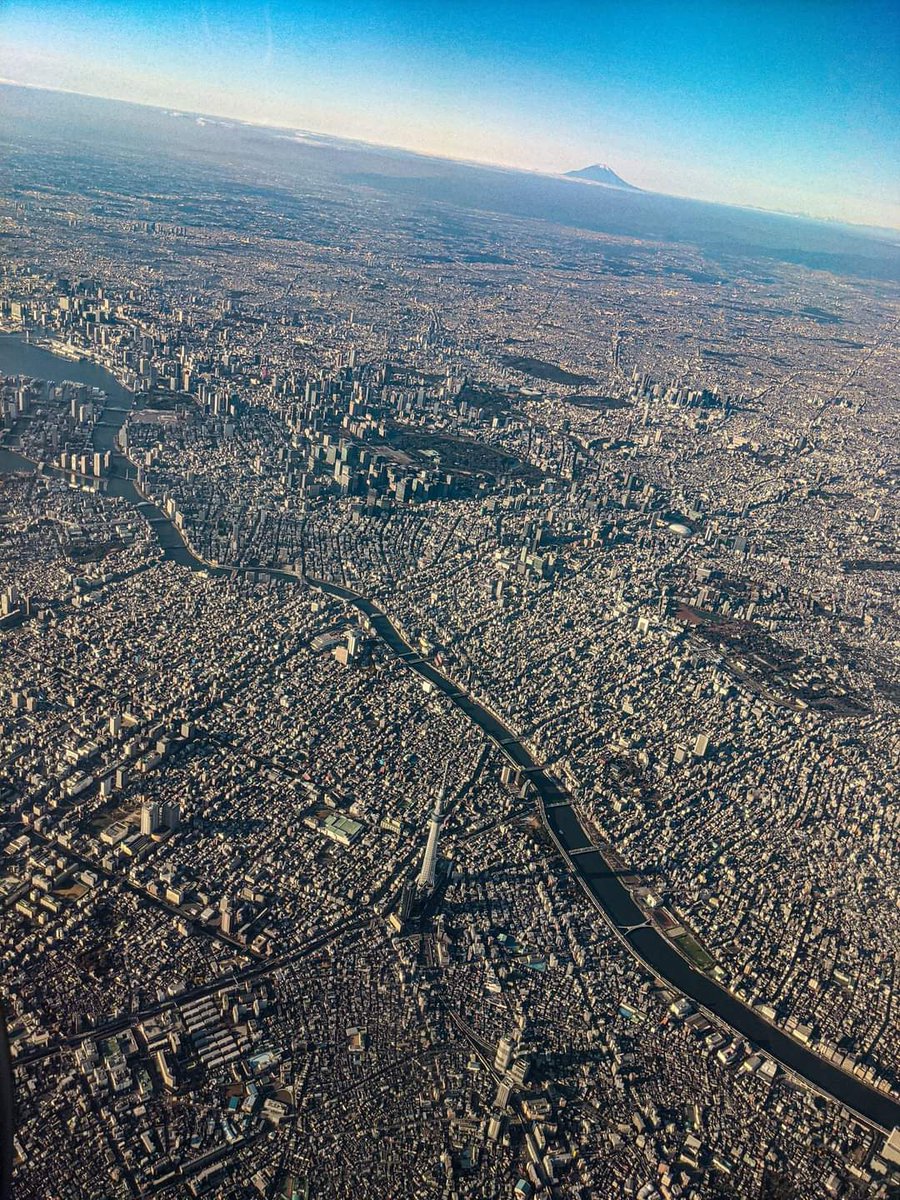
What is concrete?
Put simply, it's cement (the magic ingredient) mixed with aggregates, like gravel and sand, plus water — the cement acts as a binder which reacts and sticks the aggregate together.
Your pour it into a mould and what was a liquid soon becomes hard as rock.
Put simply, it's cement (the magic ingredient) mixed with aggregates, like gravel and sand, plus water — the cement acts as a binder which reacts and sticks the aggregate together.
Your pour it into a mould and what was a liquid soon becomes hard as rock.

And it has been around for thousands of years.
The Egyptians, Mycenaeans, and Nabataeans all used some form of concrete.
But it was the Romans who were the first real masters of concrete — the things they built with it, like the Aqua Alexandrina, are astonishing even now.
The Egyptians, Mycenaeans, and Nabataeans all used some form of concrete.
But it was the Romans who were the first real masters of concrete — the things they built with it, like the Aqua Alexandrina, are astonishing even now.
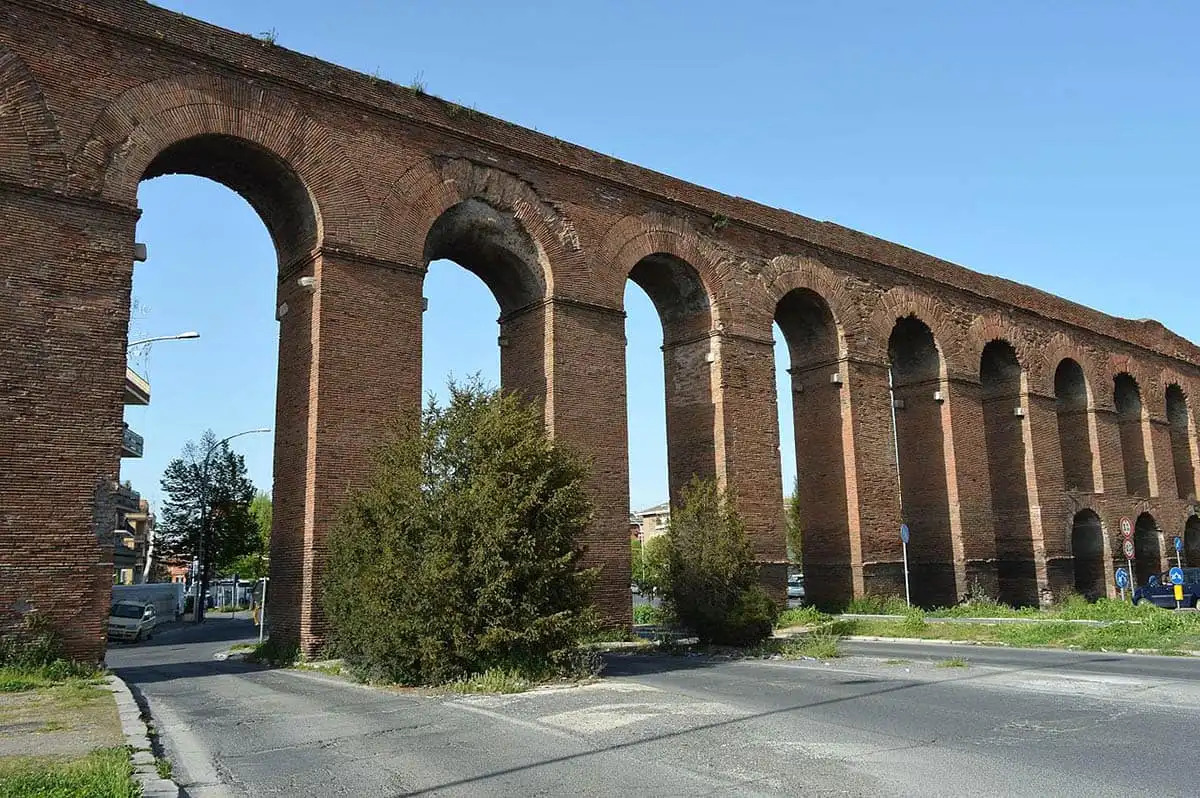
See, the Romans had invented a uniquely durable form of concrete which remains in good condition even two thousand years later.
Like the Pantheon, which still has the world's largest unreinforced concrete dome.
Concrete allowed the Romans to build more freely than ever.
Like the Pantheon, which still has the world's largest unreinforced concrete dome.
Concrete allowed the Romans to build more freely than ever.

But that's not all — the Romans used concrete everywhere and for everything, whether harbours or bridges or sewers.
Even the Coliseum was built using concrete (plus bricks and masonry) and only then given a marble façade.
They knew how to unite function with aesthetics.
Even the Coliseum was built using concrete (plus bricks and masonry) and only then given a marble façade.
They knew how to unite function with aesthetics.

But the story of modern concrete begins with an Englishman called Joseph Aspdin, who invented "Portland cement" in 1824.
His son later refined the method, and it quickly became the most common binder used for concrete — as it remains to this day.
His son later refined the method, and it quickly became the most common binder used for concrete — as it remains to this day.

A French gardener called Joseph Monier later pioneered reinforced concrete — where it has been poured around a metal frame to improve its tensile strength.
But it wasn't until the late 19th century that people started taking concrete seriously...
But it wasn't until the late 19th century that people started taking concrete seriously...

In 1903 the world's first reinforced concrete skyscraper was built in Cincinnati.
It sounds strange, but people weren't sure whether concrete could actually be used this way.
Well, the Ingalls Building — which is faced with marble, brick, and terracotta — started a revolution.
It sounds strange, but people weren't sure whether concrete could actually be used this way.
Well, the Ingalls Building — which is faced with marble, brick, and terracotta — started a revolution.

It took architects and engineers a few decades to master concrete; then the skylines of the world started to soar.
Other inventions like air conditioning and elevators were vital, and many early skyscrapers were masonry, but concrete is the fundament for our age of skyscrapers.
Other inventions like air conditioning and elevators were vital, and many early skyscrapers were masonry, but concrete is the fundament for our age of skyscrapers.

Why did concrete change everything?
It has major advantages regarding strength, durability, weight, and versatility, plus being waterpoof, free from defects, and cheap.
It conquered the world because it made economic sense, and it triggered a colossal boom in construction.
It has major advantages regarding strength, durability, weight, and versatility, plus being waterpoof, free from defects, and cheap.
It conquered the world because it made economic sense, and it triggered a colossal boom in construction.

For most of history we used masonry, bricks, wood, and other natural materials.
These have their own major advantages, of course, but sourcing them and putting them together is slower and more labour intensive.
Brick by brick, stone by stone, plank by plank.
These have their own major advantages, of course, but sourcing them and putting them together is slower and more labour intensive.
Brick by brick, stone by stone, plank by plank.

Concrete, by comparison, simply lets you pour out the different parts of a building in any size or shape necessary.
Precast concrete, where it is made in a factory and then transported to the building site, has made this process even quicker.
Precast concrete, where it is made in a factory and then transported to the building site, has made this process even quicker.

So we have been pouring concrete ceaselessly for the last century, and its usage is only increasing.
We are creatures of convenience and concrete is, in the short term at least, the most convient construction material.
Thus it has ushered in the age of megacities, like Tokyo:
We are creatures of convenience and concrete is, in the short term at least, the most convient construction material.
Thus it has ushered in the age of megacities, like Tokyo:

It has also radically altered how our world works.
Think of sewers, subways, cooling towers, or megaprojects like the Tokyo stormdrains or Three Gorges Dam in China.
Our civilisation relies on this sort of infrastructure, but without concrete it could not exist on such scale.
Think of sewers, subways, cooling towers, or megaprojects like the Tokyo stormdrains or Three Gorges Dam in China.
Our civilisation relies on this sort of infrastructure, but without concrete it could not exist on such scale.

Concrete is an aesthetic downgrade from wood, brick, and stone, but it has let us build at a scale once unimaginable — like the famous "Miljonprogrammet" in Sweden, or rebuilding after WWII.
Concrete has helped us lift millions of people around the world out of squalor.
Concrete has helped us lift millions of people around the world out of squalor.

And concrete now makes up more than half the total weight of everything humanity has ever created — shocking when you remember we only started using it a century ago.
Its impact on population, economics, culture, and global shifts in power and wealth is genuinely incalculable.
Its impact on population, economics, culture, and global shifts in power and wealth is genuinely incalculable.

But of all concrete's influences the most visible is aesthetics.
Once upon a time people had to build with locally available materials, and thus every part of the world looked different.
Now concrete is universal, and so architecture has been homogenised.
Once upon a time people had to build with locally available materials, and thus every part of the world looked different.
Now concrete is universal, and so architecture has been homogenised.

Even in the early 20th century people criticised concrete for being boring.
But early modernists like Le Corbusier, Adolf Loos, and members of the Bauhaus didn't care; they knew it was the future.
And they generally went for a clean, box-shaped, minimalist aesthetic.
But early modernists like Le Corbusier, Adolf Loos, and members of the Bauhaus didn't care; they knew it was the future.
And they generally went for a clean, box-shaped, minimalist aesthetic.

But in the 1960s and 1970s Brutalism emerged; this was a style of architecture dedicated to exploiting the unique properties of concrete and using it to make big, bold, exciting shapes.
Or think of the Sydney Opera House with its world-famous shells, made with precast concrete.
Or think of the Sydney Opera House with its world-famous shells, made with precast concrete.

Alas, we have settled on using it to build unadorned boxes, often covered in glass.
Architecture, once a kaleidoscope of variation, has drawn towards a single, global standard.
The negative psychological consequences of overwhelming, boring concrete design are surely profound.
Architecture, once a kaleidoscope of variation, has drawn towards a single, global standard.
The negative psychological consequences of overwhelming, boring concrete design are surely profound.

But remember how the Romans combined concrete structures with decorative façades — a simple way to obviate the overwhelming, mindnumbing blandness of too much concrete.
And a little imagination can change everything; the Empire State Building even has concrete sculptures.
And a little imagination can change everything; the Empire State Building even has concrete sculptures.

And concrete has been used to make many of the world's most beloved buildings, even ones you wouldn't expect — like the Sagrada Familia in Barcelona.
Concrete is not intrinsically a problem for aesthetics; it's about how we choose to use it.
Concrete is not intrinsically a problem for aesthetics; it's about how we choose to use it.

But, of course, no discussion of concrete is complete without mentioning its consequences for the environment, whether regarding its huge emissions or how it affects urban heat and worsens flooding.
Problems that demand to be addressed, given how much of it we are pouring.
Problems that demand to be addressed, given how much of it we are pouring.
It's impossible to say what is the most important thing ever invented, but concrete is right up there — after all, it is the most used material in the world.
Concrete is the foundation, literally, of modern civilisation — but we can, and surely must, improve the ways we use it.
Concrete is the foundation, literally, of modern civilisation — but we can, and surely must, improve the ways we use it.
• • •
Missing some Tweet in this thread? You can try to
force a refresh


